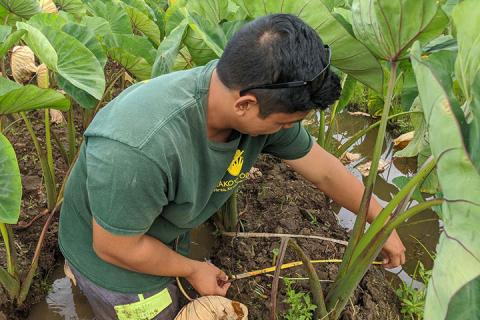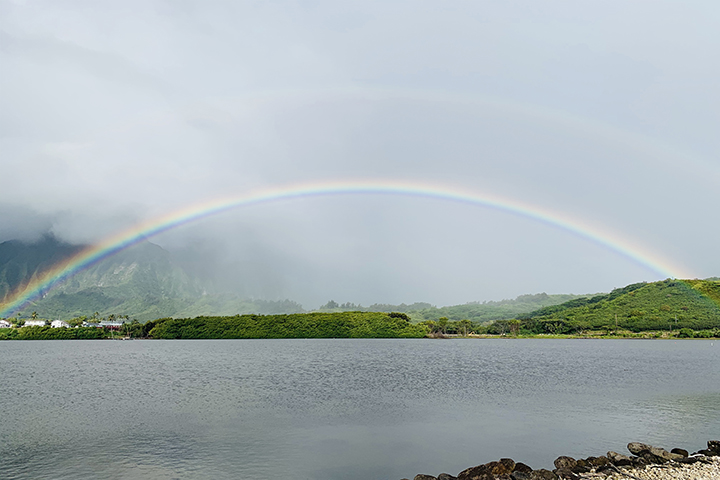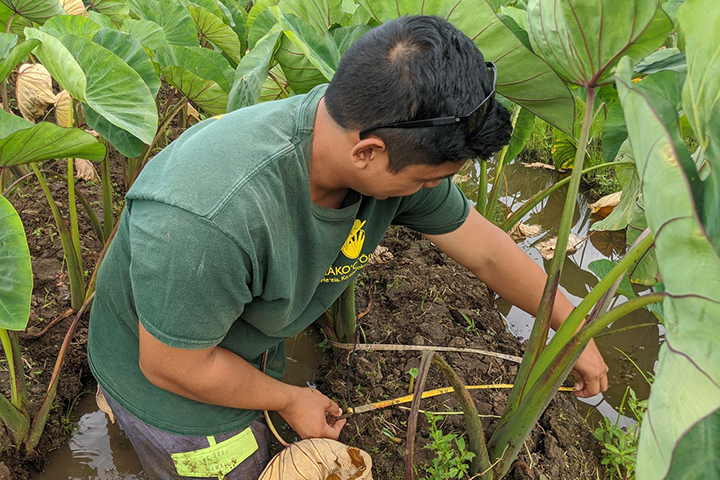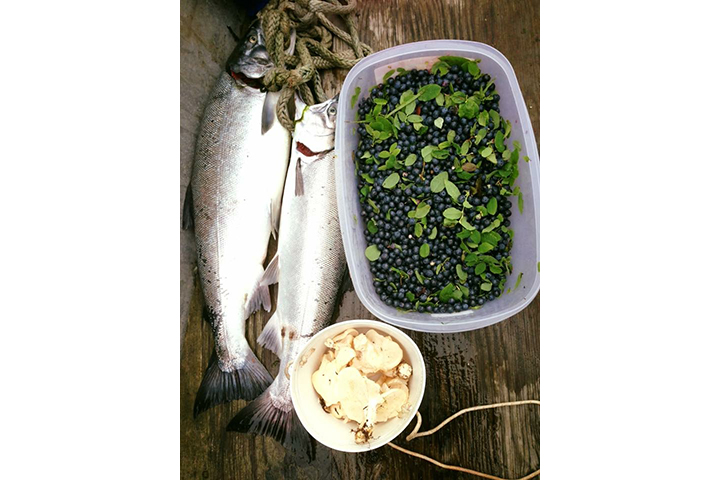
Conducted in partnership with the Heʻeia and Kachemak Bay Reserves, this project worked to advance the equitable representation of cultural ecosystem services in estuary stewardship by providing practical information and opportunities for facilitated exchange.
The project
Ecosystem service assessments are a valued resource management tool, including among the many reserves in the National Estuarine Research Reserve System. However, within ecosystem services research, there is a critical gap surrounding the equitable representation of cultural ecosystem services (CES)—one of four main categories of ecosystem services—due, in part, to practical gaps in identification and evaluation. This omission is problematic because CES can reveal human dimensions information critical to resource management, such as the diverse suite of interactions between humans and the environment that maintain place-based values, worldviews, cultural identity, and well-being.
This project used collaborative methods and diverse engagement approaches to reach estuary users, stewards, and resource managers within the two partner Reserves (He‘eia and Kachemak Bay), across the Reserve system, and in related stewardship efforts at the local and national scale. Key takeaways from this project include the importance of trust and relationship building and maintenance in any collaborative project, in particular ones that engage community partners. The team also learned the CES methods can be valuable engagement methods in addition to aiding in the identification and monitoring of specific CES within a Reserve. The information, dialogue, and exchange resulting from this project has, and continues to, advance collaborative science by creating a strong foundation for site-relevant, tailored application in engagement and assessment efforts across the NERR System.
The impact
- Strengthened relationships between the two partner reserves and between the reserves and their respective community partner organizations.
- Deepening dialogue and understanding of human dimensions approaches and vocabulary at both reserves and the NERR System more broadly.
- Catalyzing further application including through a 2022 science transfer project engaging an additional five Reserves.
In memoriam: Dr. Eleanor J. Sterling
The project team and global conservation community mourn the loss of our project co-investigator, colleague, and friend Dr. Eleanor Jane Sterling. Eleanor passed away peacefully in her sleep in February 2023, surrounded in love, after fighting an aggressive form of pancreatic cancer. Eleanor’s visionary leadership, thoughtful approach, and devoted commitment to equity and inclusion have made, and continue to make significant contributions not only in the context of this project, but also across the conservation field. A few of Eleanor’s lifetime achievements are outlined by our colleagues at the AMNH Center for Biodiversity and Conservation here and here. We will continue to realize the full breadth and depth of these contributions for years to come. Eleanor is deeply missed, but remains in our hearts always.


